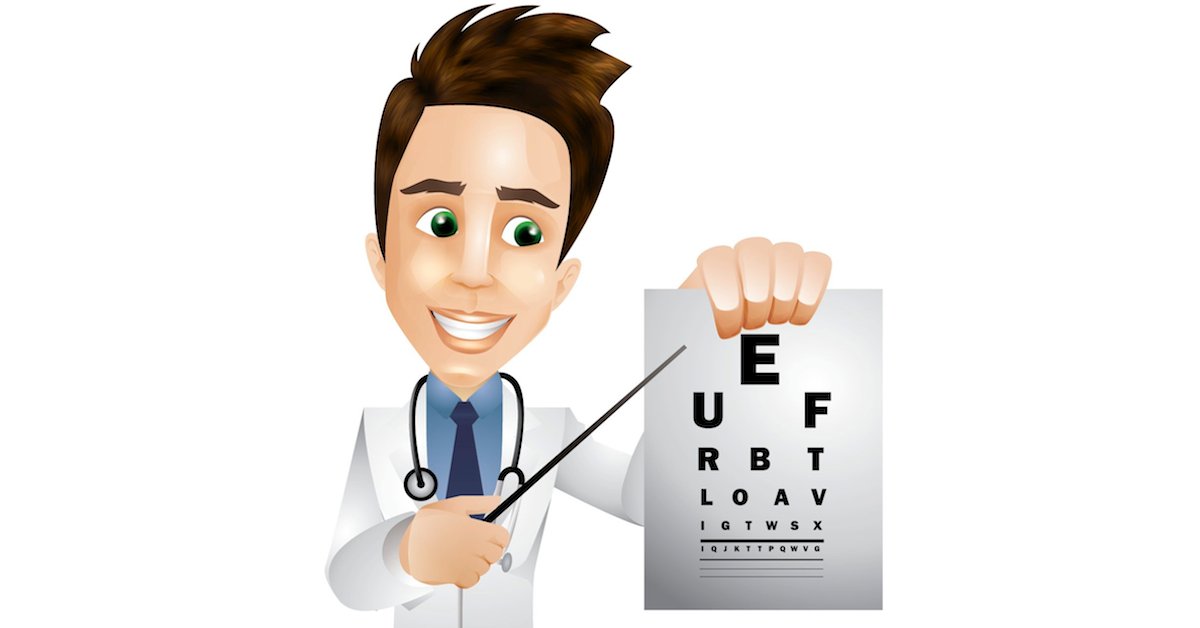Many of us read stories to our children from the moment they are born (or before) and celebrate when they begin to read on their own – it might even rank right up there with their first word, first step or riding a bike independently. When my youngest child was in the first grade, I was told he was “behind” in his reading and we should do extra reading practice every night. We did, but it did not help.
He actually tried reading glasses for two years, but that did not help either. He did not like to wear them, and it was just another battle added to his already frustrated state while reading. He attended extra tutoring and worked with a world-renowned reading program. Though he slowly improved, he was trying to catch up with a moving train, as the demands in his grade/ classroom continued to increase as well.
He had a short attention span, quickly fatigued, got fidgety when we read together; homework took hours and don’t get me started on studying for spelling tests! He is smart – really smart – and excels in math and science, yet he sometimes he misses the answers on tests.
When I read him a question he missed on a test, he verbally answers it correctly. He knew the answer, he just misread the question. His grades were not reflecting what he learned in school; they were reflecting what he could read and comprehend on the worksheets and tests.
At the conclusion of 3rd grade, we returned to the eye doctor. She finally determined he had a “tracking” issue. His vision was 20/20, but his eyes were not working well together to send the message to his brain! It was then that we were referred to a developmental optometrist who explained to me what my son was actually seeing. Each eye was seeing its own picture, so he often saw two of each letter, overlapping and sometimes moving around on the page. No wonder he was so tired after trying to read for 10 minutes!
After a detailed evaluation, he began vision therapy. I am not sure what I was expecting, but when the doctor walked us through the daily exercises – all I could think was “this is totally YOGA!” As a yoga teacher for over 12 years and a YogaKids Teacher too, I could not believe yoga was the answer. Even the doctor was surprised when I shared that his exercises were basically yoga poses and breathing!
The doctor began by telling my son to practice barefoot for greater awareness. He then guided my son to practice deep breathing; slow and steady with even inhalations and exhalations (similar to the YogaKids Take 5 breath); he added raising the arms overhead and lowering them down again to help lengthen the breath.
He then taught my son to stand tall and allow his arms to swing to the right and wrap around his body, then repeat to the left, scanning the horizon as he goes– similar to Scarecrow/Ghost Coat Swing. In YogaKids we learn crossing the midline of the body is great for balancing the two hemispheres of the brain! (This exercise also relieves tension in the neck and shoulders.)
He also introduced balancing on one foot! Really? We do this all the time in yoga (Tree pose)! His goal was to start with one minute and work up to three minutes on each foot – longer than we typically hold balancing poses in YogaKids classes, but a great challenge for him!
As I learned more about movements to improve his vision, they included typical childhood activities – which many kids don’t do anymore. Movements that require the left and right sides of the body to work together – skipping, jumping jacks, patty cake and even inverting the body to help oxygenate the brain (like in Down Diggity Doggie Down pose)!
In the end, his vision therapy was playtime! He was doing things kids do, while helping his eyes improve and cooperate. He is in the 5th grade now, and we continue to focus on reading improvement, still trying to catch that moving train. It is not a magic formula, but now he has some tools to use when he gets frustrated with reading or his eyes need a break. Being able to identify what he needs and communicating those needs with both his teachers and us has enabled us to help him find success in the classroom!
His eyes love yoga and we do too!

